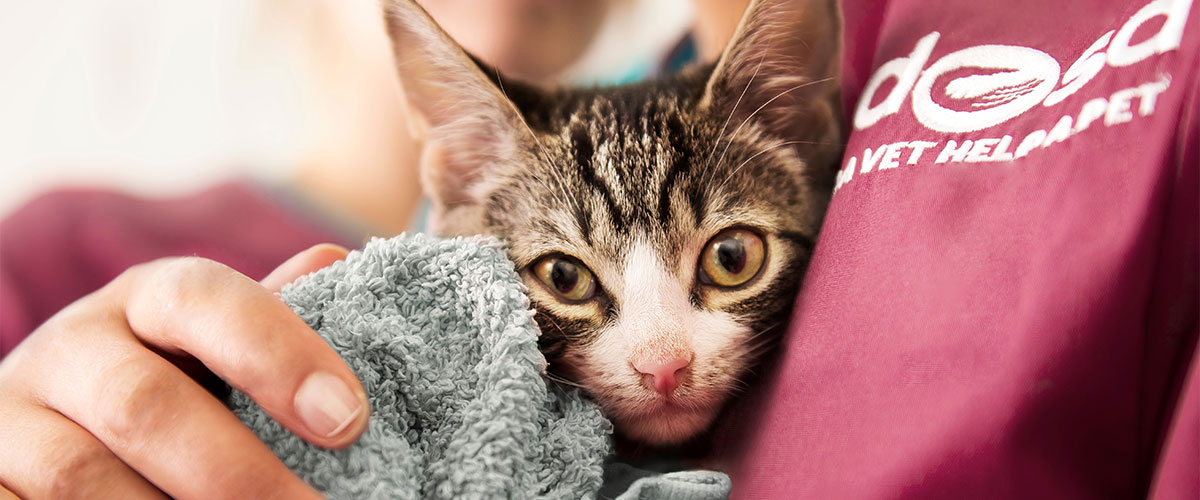Alopecia (fur loss) in cats
Overview
- Alopecia (fur loss) can develop as bald spots, patchy fur or as a generally thin coat.
- Alopecia can be because of a condition that causes fur to fall out or (more commonly) because of a problem that causes your cat to over groom.
- If your cat has any form of alopecia, it’s likely that they have a condition that is making them uncomfortable and requires treatment from your vet.
What is alopecia?
Alopecia can develop as bald patches, patchy fur or as a generally thin coat. If your cat is developing alopecia, it may be because of a condition that is causing their fur to fall out, or, could be because of a problem that is causing them to over groom. Areas of alopecia are at risk of other problems such as skin infections.
Causes of alopecia
Fur loss can be caused by many different problems such as:
Problems that cause overgrooming:
- Itchy skin – anything that causes itchy skin can cause overgrooming and fur loss. Common causes of itchy skin in cats include fleas, atopy (allergic skin disease) and food allergies.
- Stress – many cats will over groom and develop bald patches when they are stressed. For more advice on how to recognise and reduce stress in your cat read our article ‘Preventing stress in cats’.
- Pain - If your cat has a sore patch of skin, or a painful part of their body, he/she may groom that area more than usual to try soothing the pain.
Conditions that cause fur to fall out:
- Skin infections - bacterial skin infections often result in alopecia.
- Feline eosinophilic granuloma complex - a condition that causes painful, raised, red patches of furless skin.
- Hormone disease - certain hormonal diseases such as hyperthyroidism can sometimes cause alopecia.
- Scars - permanent loss of fur is possible if skin and hair follicles are badly damaged and scarred.
- Ringworm - ringworm is a fungal skin infection that causes circular patches of flaky, red, itchy, furless skin.
Other:
- Breeding - the Sphynx cat has been bred to have no fur. Having no fur puts these cats at a much higher risk of problems such as injury and sunburn.
When to contact your vet
Contact your vet if you notice any changes in your cat's coat. Some of the conditions that cause alopecia are serious and can make your cat miserable.
It's important to let your vet know about any other symptoms you have noticed, such as:
- A rash, scabs or patches of dark skin
- Dry, scaly skin
- Itchiness
- Overgrooming
- Losing whiskers
- Lethargy (sleeping more than usual)
- Drinking more than usual
- Eating more of less than usual.
You know your cat best. If you are concerned, always contact your vet.
Published: March 2020
Did you find this page useful?
Tell us more
Please note, our vets and nurses are unable to respond to questions via this form. If you are concerned about your pet’s health, please contact your vet directly.
Thank you for your feedback
Want to hear more about PDSA and get pet care tips from our vet experts?
Sign up to our e-newsletter
Written by vets and vet nurses. This advice is for UK pets only. Illustrations by Samantha Elmhurst.

